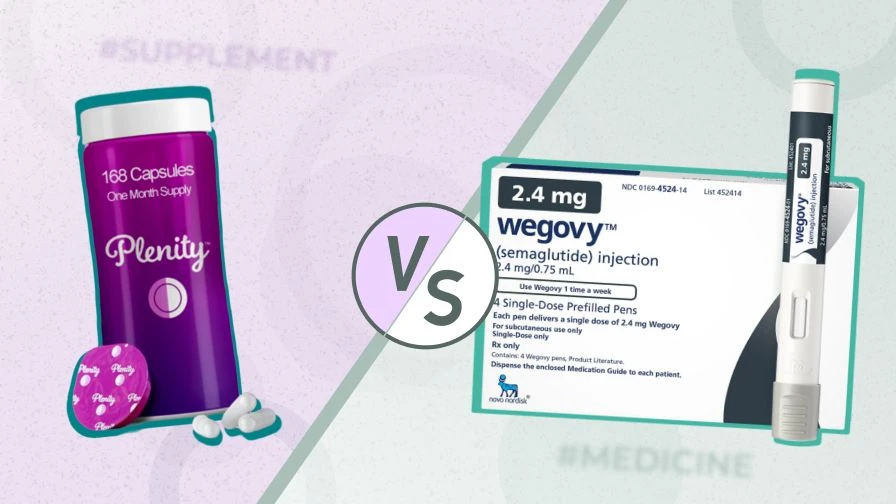Ozempic and Bydureon are used to improve glycemic control in adults with type 2 diabetes when combined with diet and exercise. In their action, both drugs are glucagon-like peptide 1 receptor agonists.
Comparison tables for Bydureon and Ozempic
| Ozempic | Bydureon | |
| Active substance | Semaglutide | Exenatide |
| Action | It promotes the production of insulin in the body, which lowers blood sugar levels | |
| Dosage | A starting dose of 0.25 mg once a week. You can increase it to 0.5 and even up to 1 mg if required. | A dose of 2 mg once a week before or after food |
| Same side effects |
|
|
| Different side effects |
|
|
| Interaction with insulin and insulin secretagogues when taken simultaneously | Yes | Yes |
| Interaction with other drugs |
|
|
| Unique interactions with other drugs |
|
|
| Increased pancreatic cell growth promoting insulin secretion | Yes | No |
| Interaction with warfarin | No | Yes |
| It is the equivalent of | A substance produced by the human body | A peptide found in the saliva of a rare lizard |
| Slow down digestion | Yes | No |
| Use as a “monotherapy” | Used as a single medicine | Usually used in combination with other medicines such as metformin or a sulfonylurea |
| Additional use | No | As a remedy for Parkinson’s disease |
| Dosage form | Injection pens | Injection pens or powder for suspension for subcutaneous injection |
Conclusion
Ozempic and Bydureon are very similar drugs in their purpose and action.
But there are some key differences between them. The former is an analogue of a chemical substance produced by the human body. The latter is an analogue of a chemical substance produced by a lizard.
Ozempic is available as pre-filled injection pens. Bydureon is a powder mixed with a liquid (diluent) and injected immediately after mixing.
Ozempic has a weaker action. Bydureon is a stronger drug. Accordingly, its possible side effects are more pronounced.










